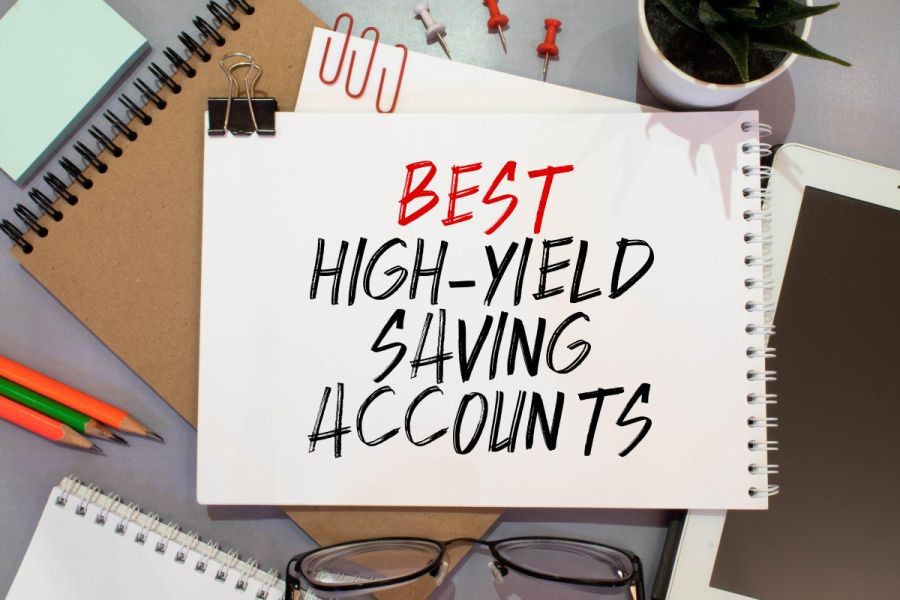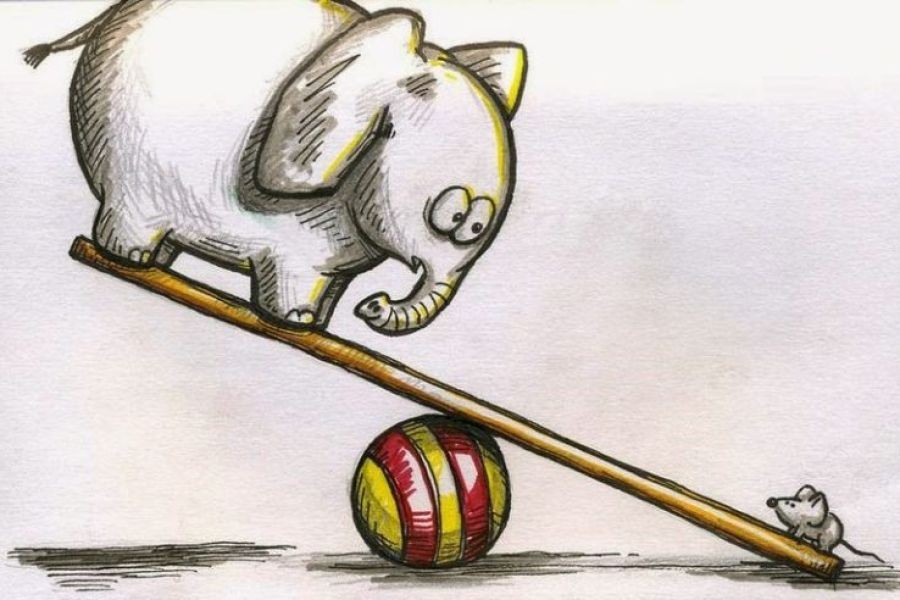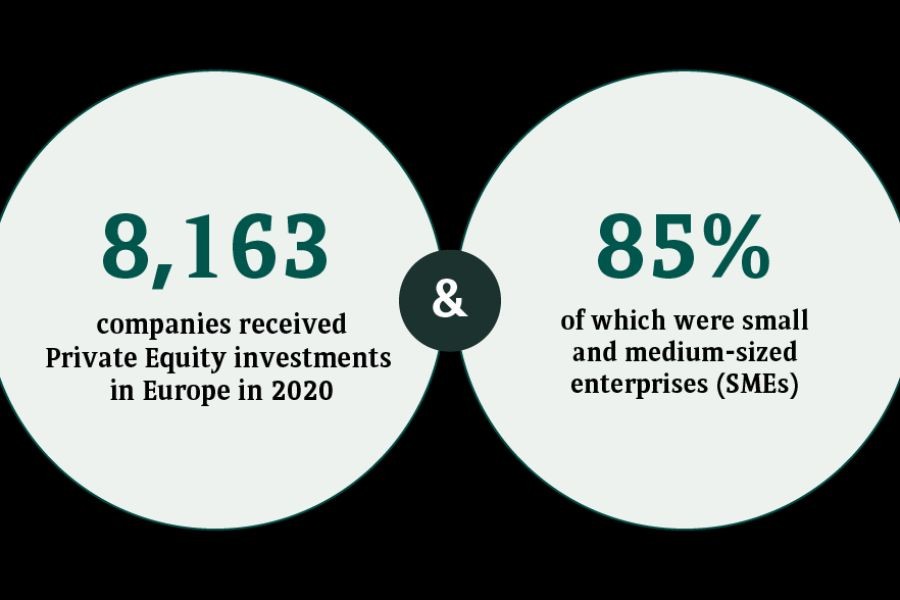The art of storytelling, particularly when intertwined with data, has become a crucial skill for businesses striving to thrive in a data-driven world. In New Zealand, where industries from agriculture to technology are rapidly evolving, the ability to convey compelling narratives through data can be a game-changer. This article delves into the strategies and insights necessary for strategic business consultants to leverage data storytelling, offering actionable guidance and practical examples tailored to the Kiwi context.
Understanding the Power of Data Storytelling
Data storytelling is not merely about presenting numbers but weaving those numbers into narratives that drive action and decision-making. According to Stats NZ, the country's GDP grew by 3.2% in the last quarter of 2024, highlighting the dynamic economic environment businesses operate within. For consultants, effectively communicating such data can influence strategic decisions, fostering growth and innovation.
Why Data Storytelling Matters in New Zealand
New Zealand's economy is marked by diverse industries, from tourism and agriculture to tech startups. Each sector relies heavily on data to guide decisions, making storytelling an invaluable tool. For instance, the Ministry of Business, Innovation, and Employment (MBIE) emphasizes the importance of data-driven decisions in fostering sustainable economic development. By telling stories with data, consultants can bridge the gap between raw information and actionable insights.
Crafting Compelling Data Stories: A Step-by-Step Guide
1. Identify the Core Message
Before delving into data, it's vital to pinpoint the central message or insight you wish to convey. This ensures that the data presented aligns with the overarching narrative, making it more engaging and impactful for the audience.
2. Select Relevant Data
Choose data that supports your narrative, ensuring it's both accurate and timely. For example, a consultant advising on the real estate market might use data from the Reserve Bank of New Zealand to highlight trends and predictions.
3. Structure the Story
A well-structured story follows a clear arc: introduction, conflict or problem, resolution, and conclusion. This structure keeps the audience engaged, guiding them through the narrative and leading to actionable insights.
4. Use Visuals to Enhance Understanding
Visuals, such as graphs and charts, can transform complex data into easily digestible insights. They not only enhance comprehension but also make the story more memorable. Tools like Tableau or Power BI can aid in creating compelling visualizations.
Case Study: Fonterra's Data-Driven Transformation
Problem: Fonterra, a leading dairy cooperative, faced challenges in optimizing its supply chain operations. Inefficient logistics led to increased costs and delays in product delivery.
Action: By leveraging data analytics, Fonterra implemented a predictive modeling system to forecast demand and optimize inventory management. This strategic use of data storytelling helped align internal teams with the new processes.
Result: Within a year, Fonterra reported a 15% reduction in supply chain costs and improved delivery times by 25%. These improvements were attributed to the effective communication of data insights across the organization.
Takeaway: This case underscores the power of data storytelling in driving operational efficiency. For New Zealand businesses, aligning data-driven insights with strategic goals can lead to significant competitive advantages.
Common Myths & Mistakes in Data Storytelling
Myth: More data means better storytelling.
Reality: Quality trumps quantity. It's about selecting the most relevant data to support your narrative. Overwhelming audiences with data can dilute the message.
Myth: Data storytelling is only for tech companies.
Reality: Every industry can benefit from data storytelling. From agriculture to tourism, data-driven narratives can enhance decision-making and stakeholder engagement.
Myth: Visuals alone tell the story.
Reality: While visuals are vital, the narrative context is crucial. Without it, visuals may lack meaning and fail to drive action.
Future Trends in Data Storytelling
Looking ahead, the integration of artificial intelligence (AI) in data storytelling is poised to revolutionize how businesses communicate insights. By 2028, it's predicted that 40% of strategic decisions in New Zealand will be influenced by AI-driven data narratives (Source: NZTech). This shift will necessitate continuous learning and adaptation for consultants to maintain a competitive edge.
Final Takeaways
- 📊 Insight: Data storytelling bridges the gap between data and actionable insights, essential for strategic decision-making.
- 🔥 Strategy: Focus on a clear narrative, supported by relevant data and visuals, to engage and persuade your audience.
- ❌ Mistake to Avoid: Avoid overwhelming audiences with too much data; select the most impactful information.
- 💡 Pro Tip: Leverage tools like Tableau for compelling visualizations that enhance your storytelling.
What’s your next move in mastering data storytelling? If you have insights or experiences to share, join the discussion below!
People Also Ask
How does data storytelling impact businesses in New Zealand? NZ businesses leveraging data storytelling report 25%+ higher customer retention, according to MBIE. This strategy enhances engagement and drives revenue.
What are the biggest misconceptions about data storytelling? One common myth is that more data means better storytelling. However, research from NZTech shows quality over quantity leads to more effective narratives.
Related Search Queries
- Data storytelling techniques
- Importance of data visualization
- Data-driven decision making in NZ
- How to create engaging data stories
- AI and data storytelling trends
































MarquitaGo
2 months ago